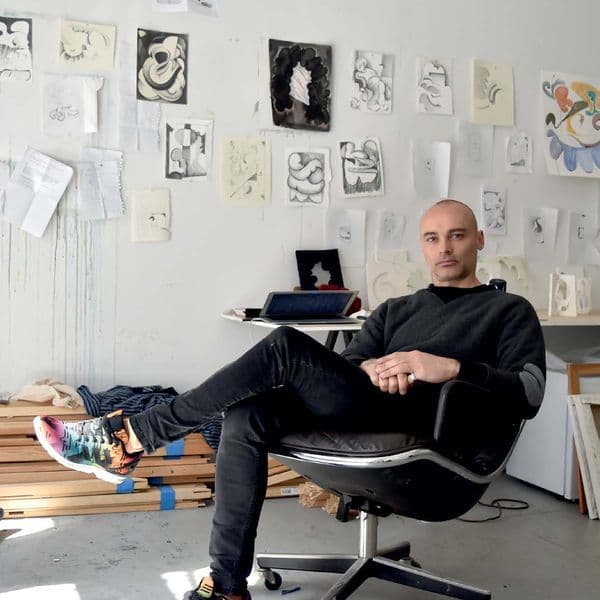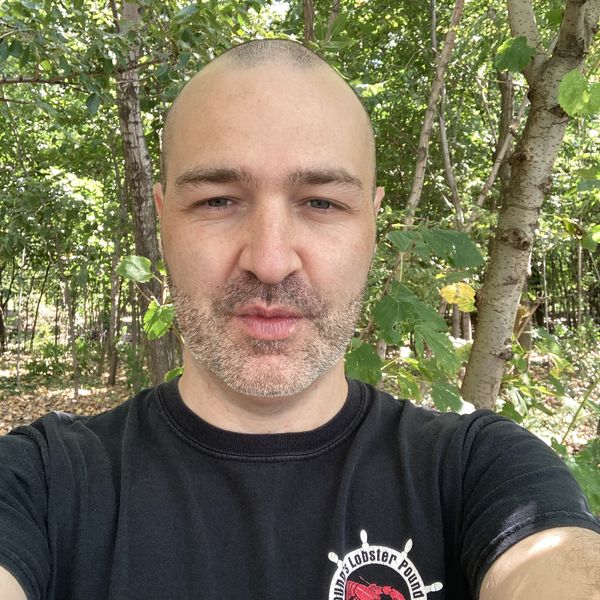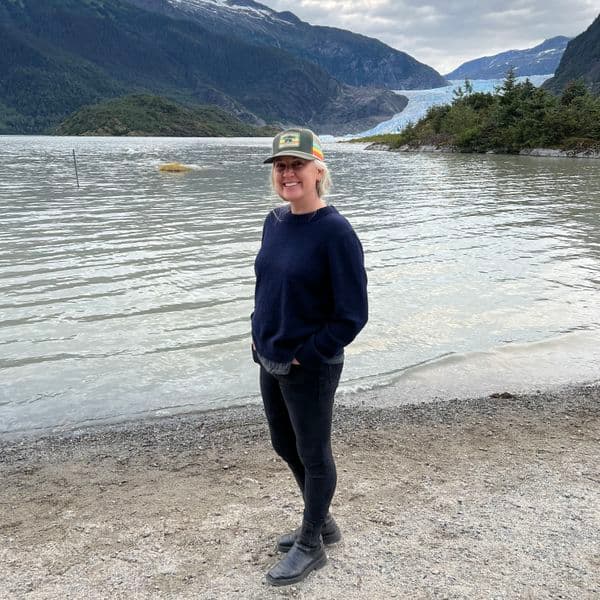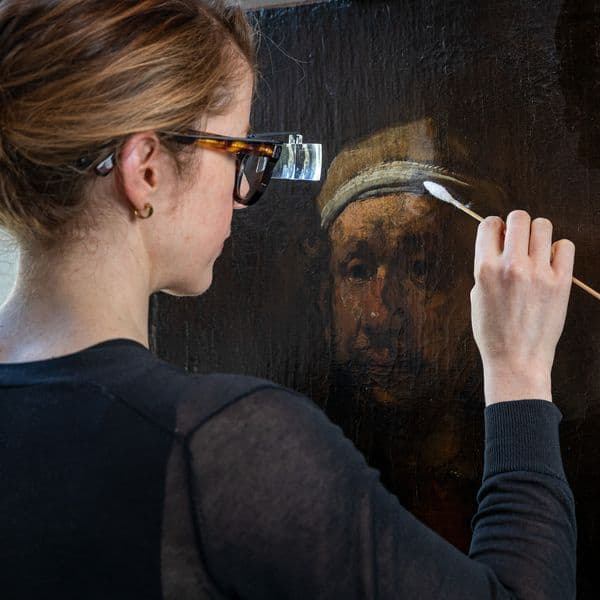Kai Wasikowski
2020 AUSART Fellow/Scholar

Kai Wasikowski, Garden #1 2019 © the artist, Photographer: Kai Wasikowski
Living and working in Sydney on Gadigal land, visual artist Kai Wasikowski creates photographic images, sculpture and installations that pose questions about the psychological effects of environmental and technological change. Kai holds a Bachelor of Visual Arts (First Class Honours with University Medal) from Sydney College of the Arts, University of Sydney. He embarked on a Master of Fine Arts (MFA) at the Rhode Island School of Design (RISD) in Providence, Rhode Island in 2021 and will graduate later this year.
What sort of art do you make?
My artwork is mostly photographic and is concerned with ideas about land, environment, technology and images.
How do you create your photographs?
The explanation varies from project to project. But broadly speaking, my photographic work is constructed. I work with images like a sculptor works with clay, molding them into different forms to experiment with how they function. Photography has numerous histories and traditions associated with it, which I like to both acknowledge and push against, especially the western style of landscape.
If you had to nominate one work to date that encapsulates your approach, which one would it be?
I made Garden #1 2019 in reference to a certain mythology of the settler landscape photographer, which is a long-standing interest in my work. It’s a self-portrait I took with my father’s large format camera, where I play with perception and deception through optics and camouflage. As an example of my approach, it converges aspects of my personal and family history with related histories and contemporary technologies. It's a melting pot, of sorts.
What mediums, techniques, tools and materials do you use?
Digital and analogue photography. I also use different imaging techniques like 3D scanning and modeling, and various printing techniques like lenticular, hydrographic, photogravure and darkroom processes. I’ve also worked with video and multimedia, ready-made materials, installation and sculpture. Recently I’ve been working with steel and glass.
What will your MFA thesis be about?
My thesis research is informed by 19th-century landscape photography and environmental conservation, and how they have both served the settle colonialist agenda.
What has been most inspiring about your time at RISD thus far?
Probably spending time in multiple workshops. It’s amazing as a grad student to be taught new materials and processes. Learning to work with metal, glass and traditional photographic techniques in hands-on environments has been especially inspiring. I’ve loved working and collaborating with students and faculty from numerous departments.
How is the AusArt Fellowship supporting your study and research endeavours?
I wouldn’t be here without it. It has given me the means to set up and support myself in the US while studying.
'I wouldn’t be here without it. It has given me the means to set up and support myself in the US while studying.'
What have you experienced or had access to while studying in the US that you couldn’t have experienced or accessed in Australia?
The RISD program brings in visiting artists, writers, thinkers and critics who are based in or visiting the US and whom I hugely admire. Meeting them face-to-face through studio visits, class discussions and talks has been really formative for me. There are also a number of sites in Rhode Island and Massachusetts that are relevant to my thesis research, in terms of looking at environmental conservation and photographic histories. Plus, I’ve been able to access collections at nearby universities and institutions.
Has studying in the US helped expand your professional network?
Being part of the artistic community and network here is certainly beneficial for seeking out opportunities to grow my work in the US. But most important for me are the supportive relationships formed with the students and faculty here. That’s what makes being an artist possible and enjoyable. Expanding that kind of community abroad keeps me inspired to continue making work.

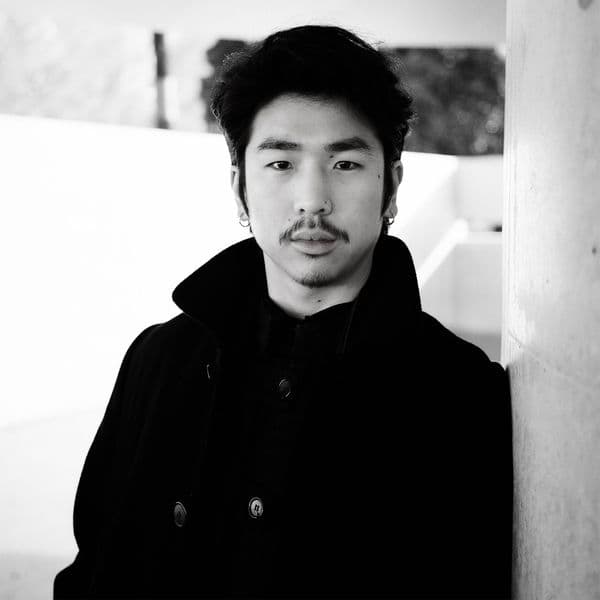
///national-gallery-of-australia/media/dd/images/Ihab_S_Balla.jpg)
///national-gallery-of-australia/media/dd/images/Pip_Mott_by_Jesse_Hunniford.jpg)
///national-gallery-of-australia/media/dd/images/Guy_Grabowsky_Portrait_by_Hugh_Davies.jpg)
///national-gallery-of-australia/media/dd/images/Nicholas_Smith_photo_by_Vivian_Nilan_tsKjo2j.jpg)
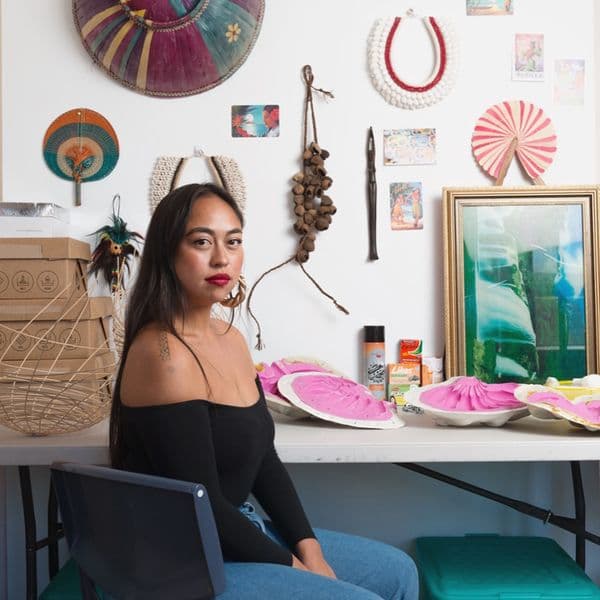
///national-gallery-of-australia/media/dd/images/Nicholas_Crogan.JPG)
